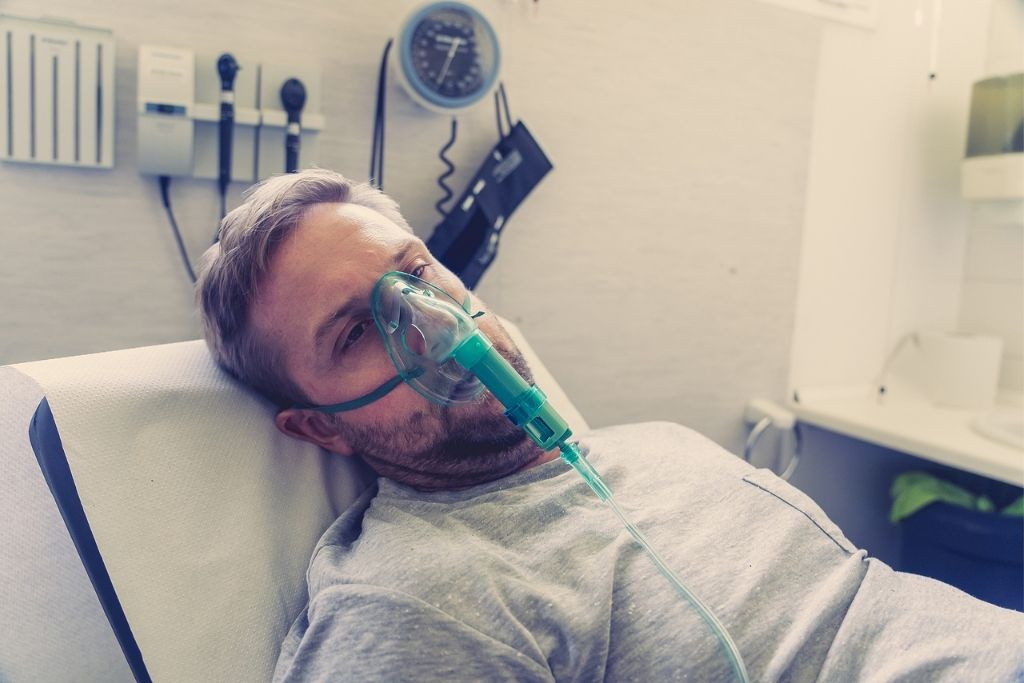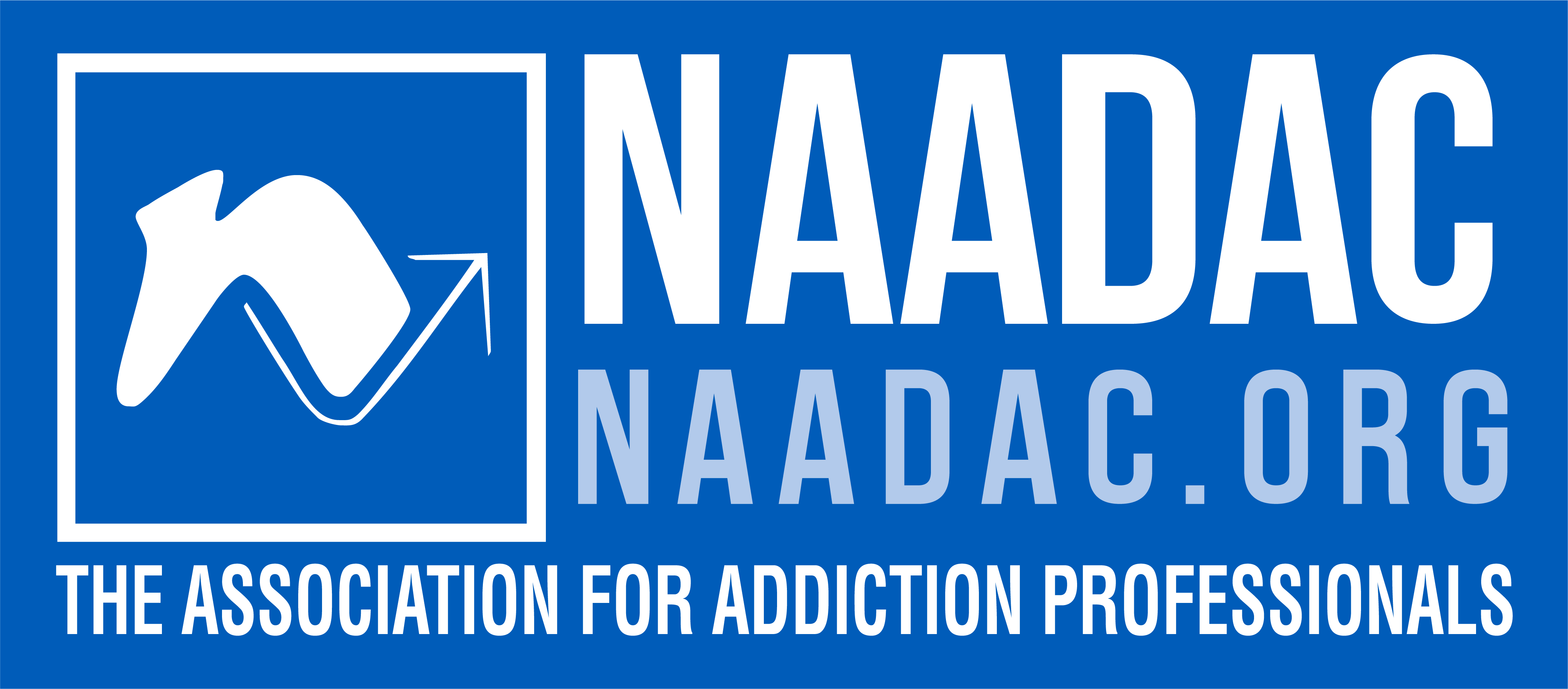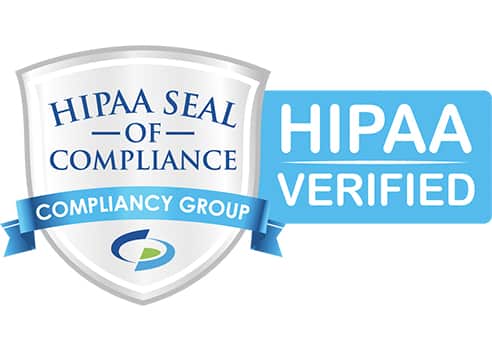A physical addiction to the painkiller Demerol is present if symptoms of withdrawal appear after use is stopped. The narcotic analgesic is used in the management of moderate to severe pain and can be addicting. Many patients build a tolerance to Demerol which can lead to addiction. Many long-term users find they are unable to manage without taking Demerol and feel a growing compulsion to take more and more. The fear of having to go through withdrawal to get well keeps many from seeking recovery. The right program, however, can medically manage withdrawal and eliminate discomfort and pain. Symptoms of Demerol withdrawal can set in within a few hours of last use and persist for days or weeks. Patients who don’t know they have an addiction may respond to symptoms of withdrawal by taking another dose.
Demerol Withdrawal Symptoms Are Wide-Ranging and Can Be Intense
Prescription painkillers have an opiate withdrawal syndrome in common though each individual’s experience is different. The most obvious sign of Demerol withdrawal is an intense physical craving for the drug once use is stopped or gradually decreased. Going “cold turkey” can bring on very painful symptoms and may pose health risks such as seizures. Symptoms can also depend on the severity of the drug dependence. For some it is relatively mild. For others, especially long-term users or abusers, it can be more pronounced and difficult physically and psychologically. Other signs characteristic of Demerol withdrawal include agitation, tremors, runny nose, chills, sleeplessness, anxiousness, yawning, restlessness, weakness, flu-like symptoms, depression, hallucination, delirium, cramps, diarrhea, sweating, vomiting, muscle and bone pain, confusion, extreme irritability and muscle spasms. Advancements in the addiction field have made it possible to alleviate most withdrawal symptoms through a pioneering rapid detox procedure by the Waismann Method.
Medical Procedure Can Eliminate Painful Withdrawal Symptoms
The regular use of Demerol can cause tolerance, addiction, respiratory depression and withdrawal syndrome. The Waismann Method of rapid detox can effectively and safely treat Demerol addiction with its in-hospital procedure. Patients are first given a battery of tests to gauge internal organ and gastrointestinal damage from opiate use. The actual anesthesia-assisted detox procedure takes less than two hours and uses medication to cleanse the Demerol from patients’ opiate receptors. This happens while they are under light sedation administered by board-certified anesthesiologists. The withdrawal phase is accelerated and occurs while the patient is under deep sedation. This allows them to awake opiate-free without awareness of withdrawal symptoms that occurred. Our expert procedure does not use opiate substitutes to treat opiate addiction. You receive around-the-clock care from the time of check-in until you are released. This takes just a few days compared to the weeks-long or months-long stays required by other detox centers. Our Domus Retreat aftercare facility is also available for those who want to work on continued recovery through therapies including counseling, biofeedback, relaxation and massage.













